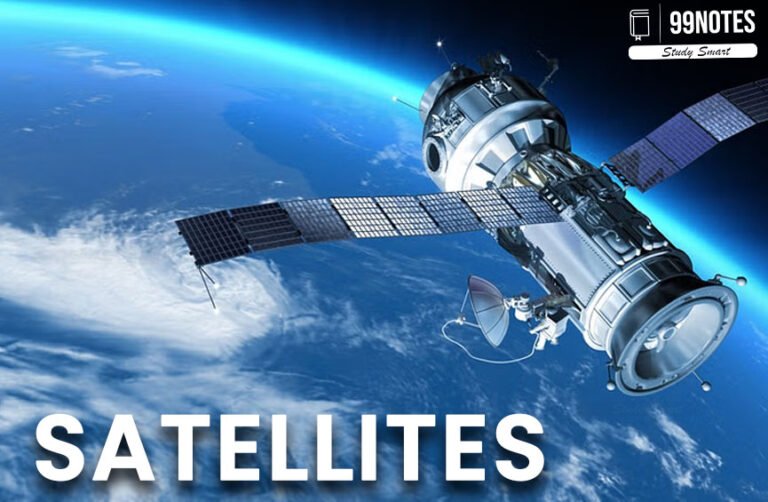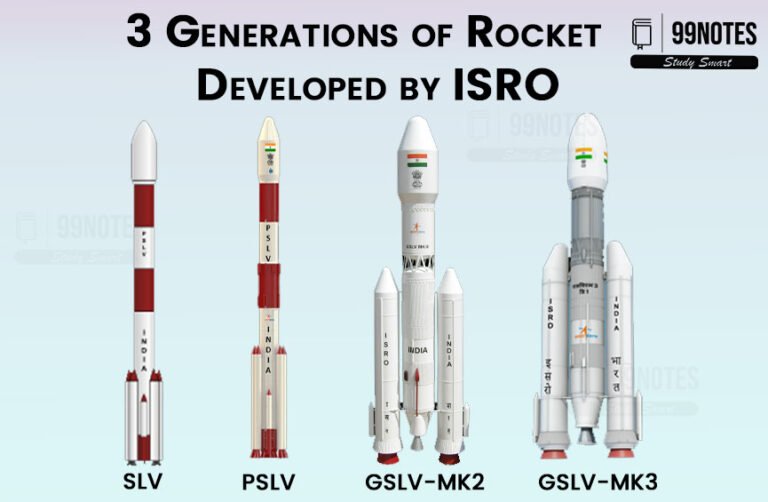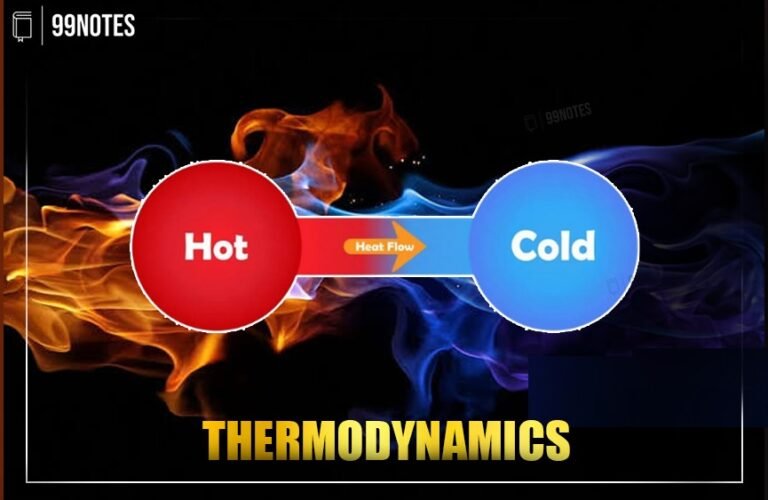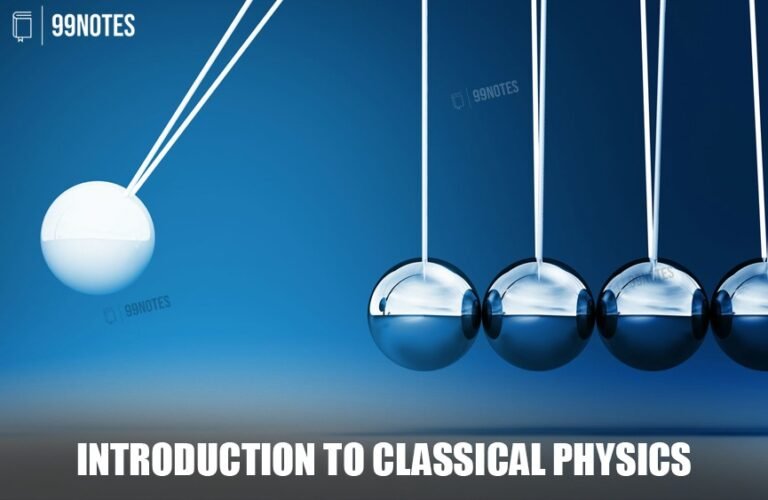Satellites
A satellite is an object that orbits a larger object, most commonly a celestial body. It can either be a natural satellite or an artificial satellite: Natural satellites are Objects that orbit a larger object in space naturally, such as the moon orbiting Earth or Earth orbiting the sun. Artificial satellites are Objects that are…







